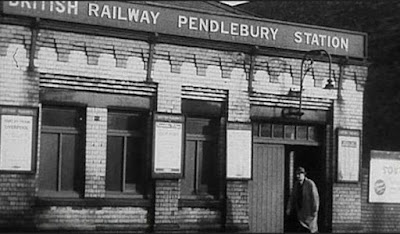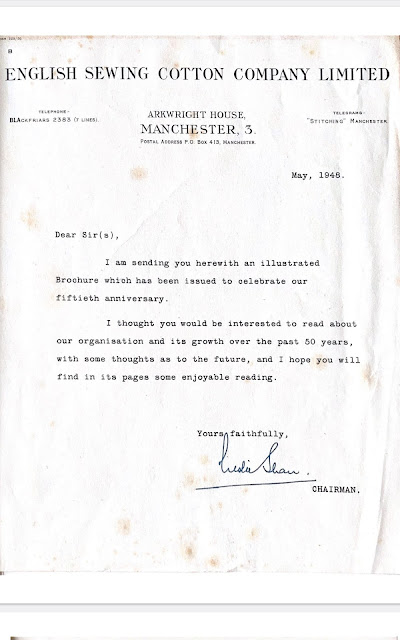Ermen and Roby and Lowry

On Sunday's Antiques Roadshow there was a glimpse of this photo of L.S. Lowry. Until seeing this, I had not realised the English Sewing Cotton Company connection. Pendlebury, Manchester, was the home of Ermen and Roby, one of the original members of the ESCC. Pendlebury was also where Lowry lived. He is of course famous for his scenes of millworkers...why had I never made the connection before? Lowry will have been depicting ESCC workers! I wonder if it is possible to pinpoint any specific pictures...



